We’ve been pretty lighthearted here so far. We took a look at festive movies and the gorier side of horror cinema, but those rarely provide more than a single night’s entertainment. They don’t stick with you very long after the credits roll. Today, we’re tackling the big ones; my three favorite horror movies of all time.
Each of these films stirs incredible emotion inside viewers. They do disturbingly good jobs of making the audience feel engaged in the story, even though nobody would willingly spend months locked away in a hotel or in the hot Texas sun running for his life. But when there is a work of art that is as poignant, perfectly executed, and genuine as these films, you can’t help but be roped in. You’ll see things that you’ve never seen before and will likely never see in the future outside of the film. It's Halloween - you better get cracking.
In my opinion, this is the greatest horror movie of all time. Based on the Stephen King Novel, it stars Jack Nicholson and Shelly Duvall as a married couple who spend the winter as the off-season caretakers of the Overlook Hotel. Secluded and prone to massive blizzards, the hotel plays host to Jack and Wendy and their son Danny. As Jack struggles with writing a novel and sobriety, he starts to lose his mind.
Nicholson’s portrayal of Jack Torrence is the greatest thing he’s done in his entire career, yet it’s only one part of what makes The Shining as beautifully horrific as it is. Director Stanley Kubrick, notorious for his perfectionism and meticulous attention to detail, made sure that every single frame of this movie is composed perfectly, to terrifying effect. The camera is almost another character in the hotel, a ghostly guide for the audience’s first visit to the Overlook as we survey its long hallways and uncover its many secrets. The Shining was the first movie to ever use the Steadicam, which allowed the camera operator to capture incredibly smooth, long takes without a dolly. I could go on and on about how flawless this movie is, but this article can’t be a novel. Go watch The Shining. Trailer
If The Shining is the greatest horror movie ever made, then The Exorcist is the scariest movie ever made. Ellyn Burstyn is Chris McNeil, a mother whose young daughter Regan suddenly becomes incredibly ill. While sick, she starts to swear and become aggressive. When the doctors can’t figure out what’s wrong with Regan, and a friend of Chris’s falls from her bedroom window to his death, they see no other choice than perform an exorcism.
This movie is a far cry from any sort of theistic propaganda or morality tale. Chris doesn’t believe in God, and a priest who has lost his faith performs the exorcism. The questions raised in The Exorcist are enough to pique your interest in the demonic villain, but not enough for an audience to get angry about any sort of agenda the film may have (spoiler alert: it doesn’t). We never see any demon in the movie; all we see is Regan being possessed, saying horrible things, her skin a sickly pale color, her eyes full of hate, her body falling apart. By the film’s end, you feel so awful for this little girl, yet scarred by some of the most moving and disgusting imagery ever put on film. I’ve never had such a visceral reaction to a movie. It’s brilliant. Trailer
Accept no substitutes. If you decide to seek this movie out, make damn sure you’re watching the 1974 original directed by Tobe Hooper and not one of the six other movies that share its name. That’s because, even though the plot for all of them is can be summed up as, “People getting killed off one by one by a deranged killer named Leatherface,” the original did so many things that had never been done before.
When you watch The Texas Chainsaw Massacre, you will feel the boiling Texas sun beat down on your face. No other movie ever made is as raw as this. Its troubled production, amateur production crew, and low-budget set design means that they couldn’t fake any of the things they wanted to. The house is decorated with real animal bones. Some of the onscreen blood was real because they couldn’t get the prop blood to look correct. It all goes to show that the filmmakers are just as crazy as the chainsaw-wielding villain of the movie. The final act of the film, an extremely long and nerve-wracking chase scene, is exhausting to watch. As an audience member, you get to experience a small fraction of the insanity that it took to get this movie made. You’ll want to take a shower afterwards. Trailer
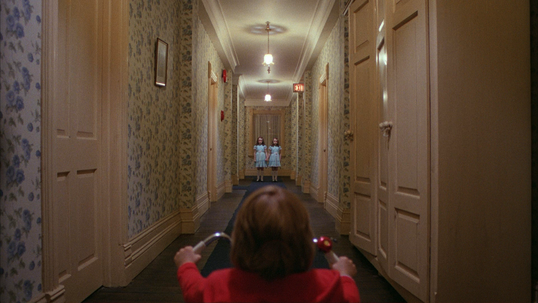
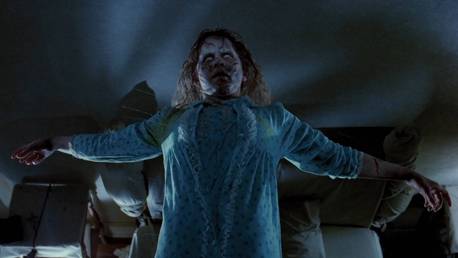
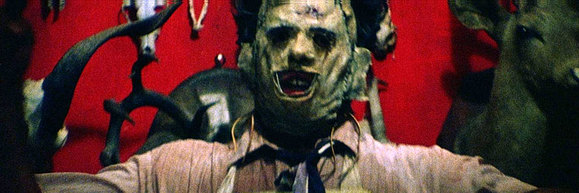
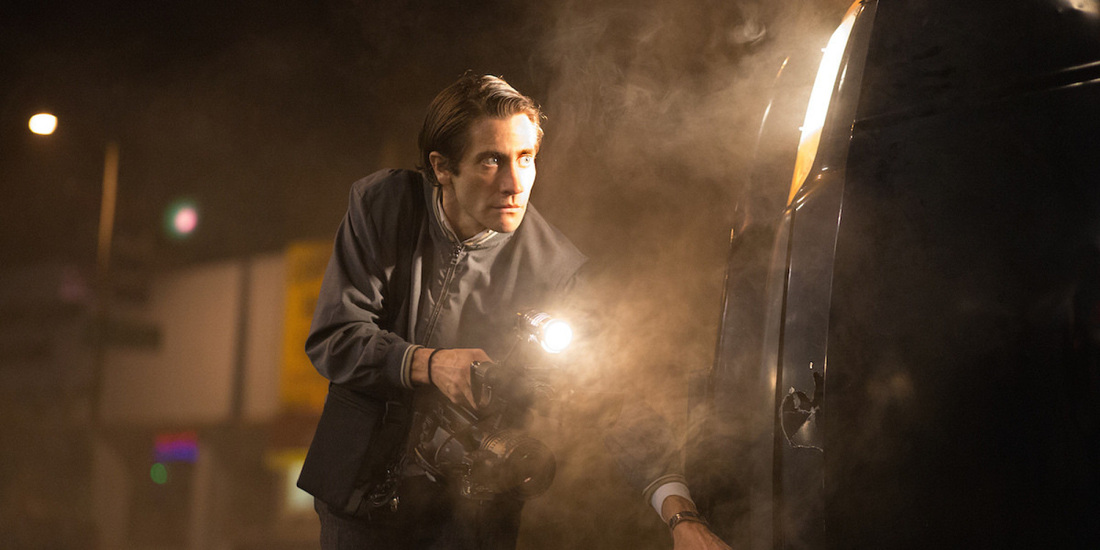
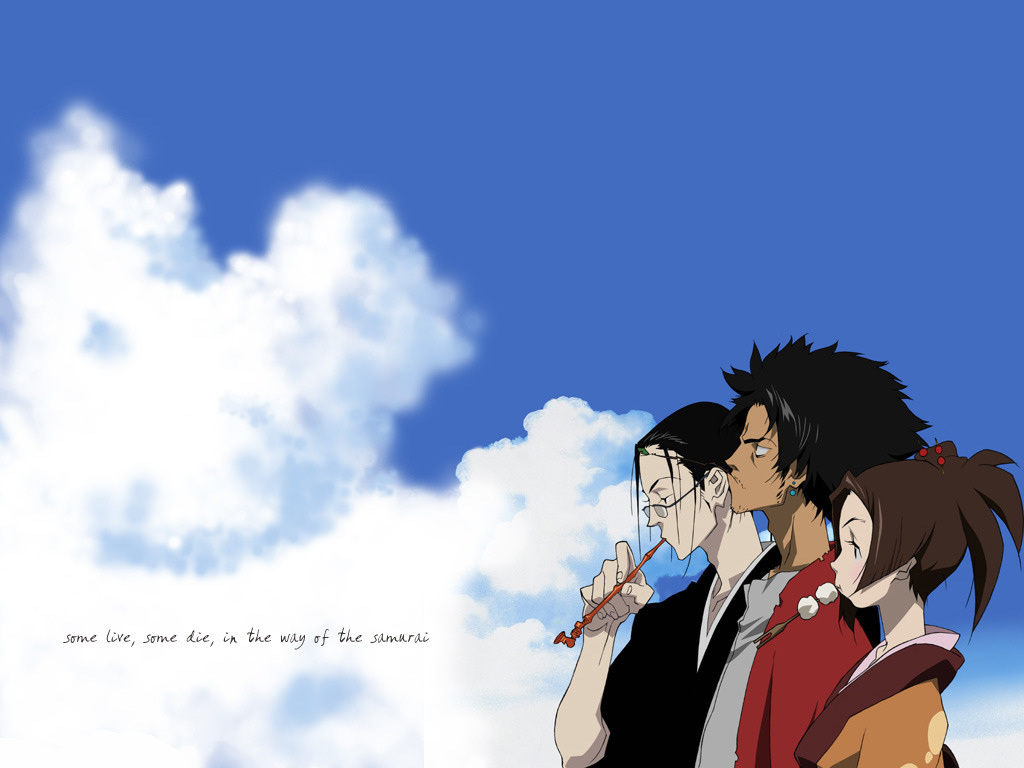
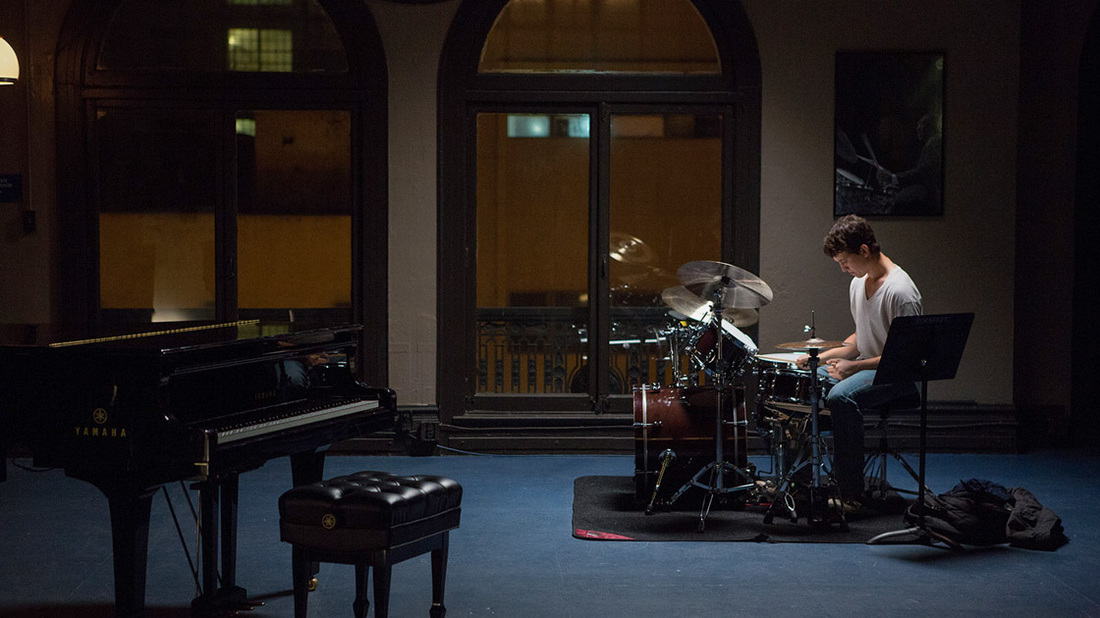
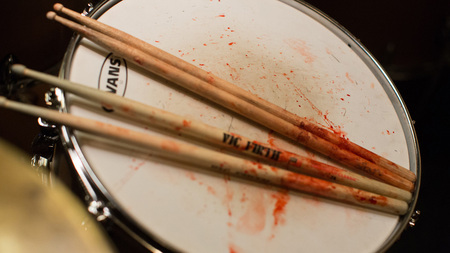
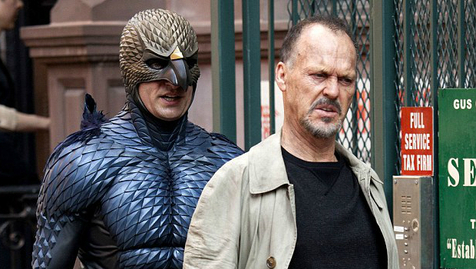
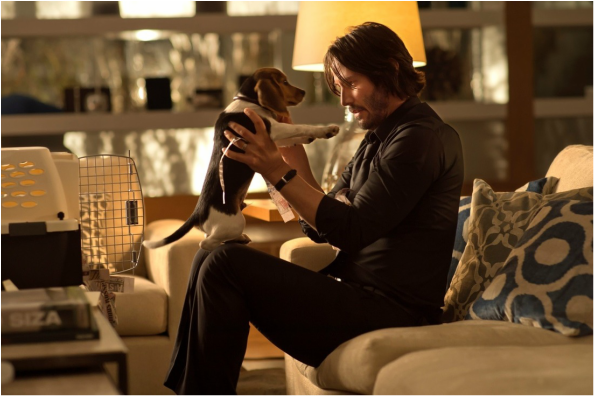
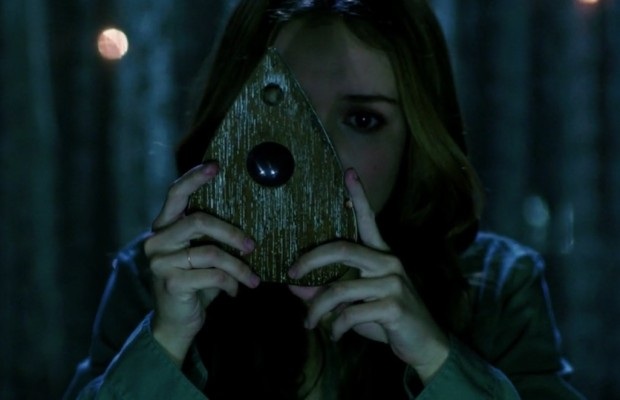
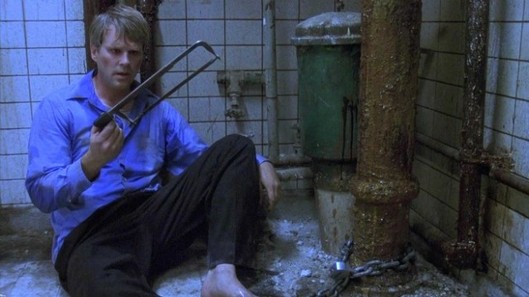
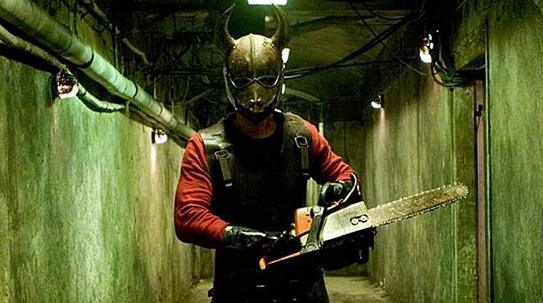
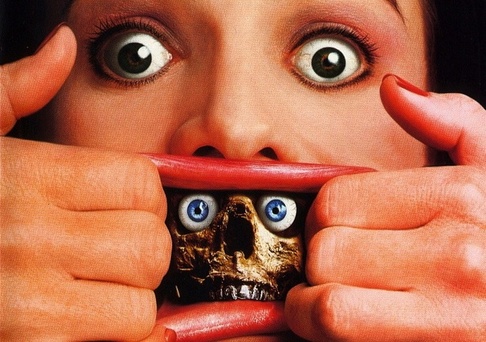
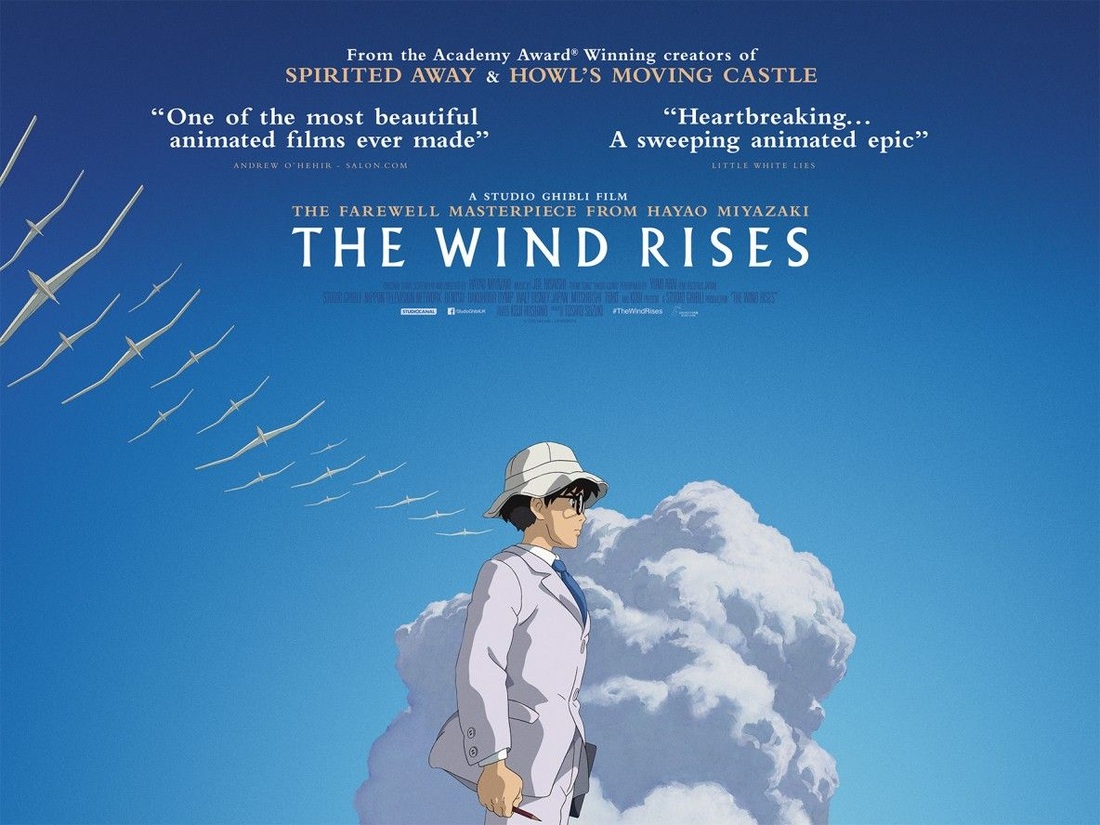
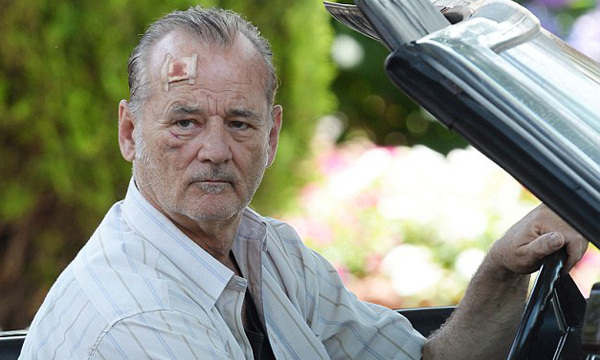
 RSS Feed
RSS Feed
